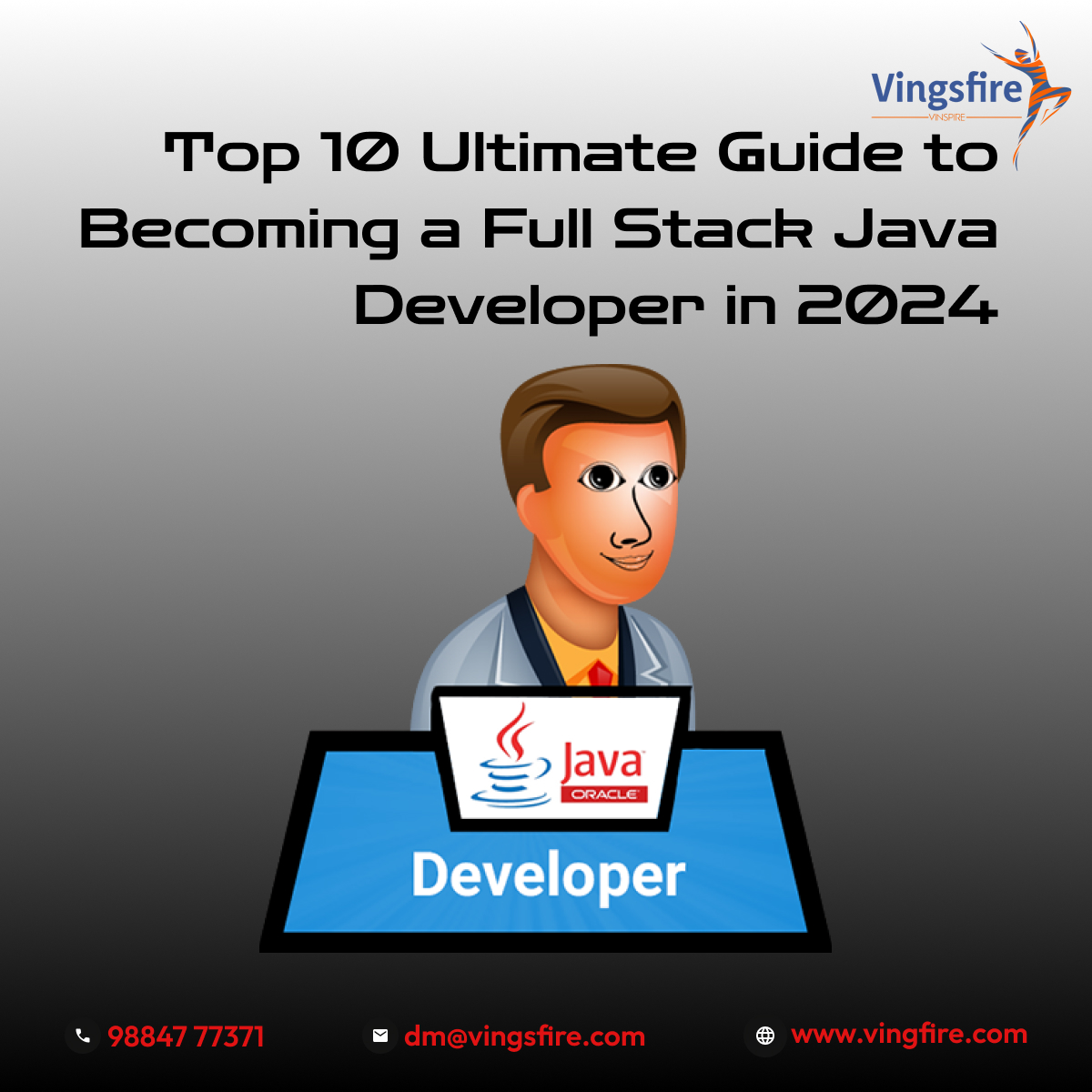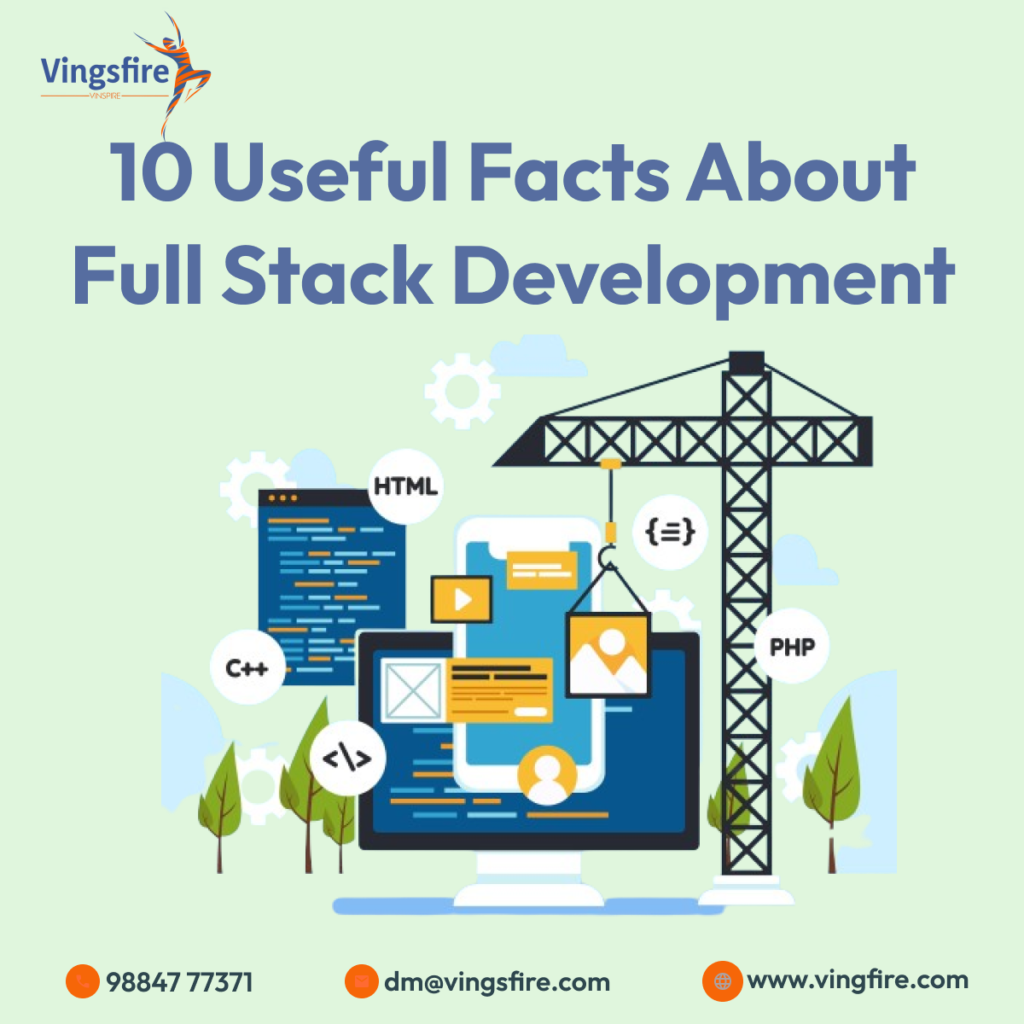In the fast-paced world of technology, the demand for Full Stack Java Developers continues to soar, making it an exciting and lucrative career path for aspiring programmers. As we step into 2024, the landscape of software development is evolving, and being equipped with a comprehensive skill set is more critical than ever. This blog post serves as your ultimate guide, outlining the essential steps and skills needed to embark on the journey of becoming a Full Stack Java Developer in 2024.
Understanding the Role:
To start your journey, it’s crucial to comprehend the responsibilities of a Full Stack Java Developer. This role involves expertise in both front-end and back-end development, utilizing Java for server-side operations and interacting with databases.
Mastering Java Fundamentals:
As the backbone of your development stack, a solid understanding of Java is paramount. Dive into Java fundamentals, including object-oriented programming, data structures, and algorithms. Online resources, tutorials, and books can be invaluable at this stage.
Front-End Technologies:
Familiarize yourself with front-end technologies to create dynamic and responsive user interfaces. HTML, CSS, and JavaScript are fundamental, and frameworks like Angular, React, or Vue.js can enhance your front-end development skills.
Back-End Development with Java:
Delve into server-side development using Java frameworks like Spring or Java EE. Learn to handle server logic, database interactions, and RESTful API development. Understanding the intricacies of Java-based back-end technologies is key to becoming a proficient Full Stack Java Developer.
Database Management:
Explore both relational and non-relational databases. Acquaint yourself with database design principles and learn how to interact with databases using SQL. Additionally, understand the integration of Java with databases for seamless data management.
Version Control and Collaboration:
Master version control systems like Git to track changes in your codebase. Collaboration is a crucial aspect of modern development, and platforms like GitHub or GitLab will be essential tools in your toolkit.
Deployment and DevOps:
Gain knowledge of deployment processes and basic DevOps principles. Understand how to deploy Java applications, manage server instances, and work with cloud platforms like AWS, Azure, or Google Cloud.
Building Full Stack Projects:
Apply your skills by working on full stack projects. This hands-on experience will not only reinforce your understanding but also serve as a valuable portfolio for potential employers.
Stay Updated on Java Trends:
The tech industry is ever-evolving, and staying current is vital. Follow industry blogs, participate in forums, and attend relevant conferences to stay informed about the latest trends and advancements in Java development.
Networking and Continuous Learning:
Connect with fellow developers, join online communities, and attend meetups or webinars. Networking provides valuable insights and opportunities for growth. Additionally, embrace a mindset of continuous learning to stay ahead in this dynamic field.
Conclusion:
As you embark on your journey to becoming a Full Stack Java Developer in 2024, remember that the key to success lies in a combination of foundational knowledge, hands-on experience, and a commitment to continuous learning. The tech industry is teeming with opportunities, and by following this ultimate guide, you’ll be well-equipped to navigate the ever-evolving landscape of Full Stack Java Development. Good luck on your exciting journey with Vingsfire!











